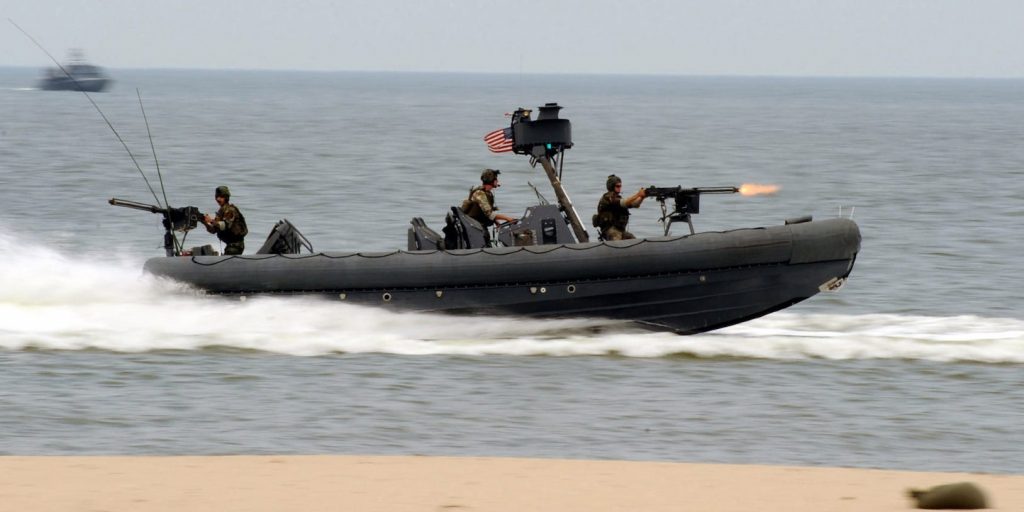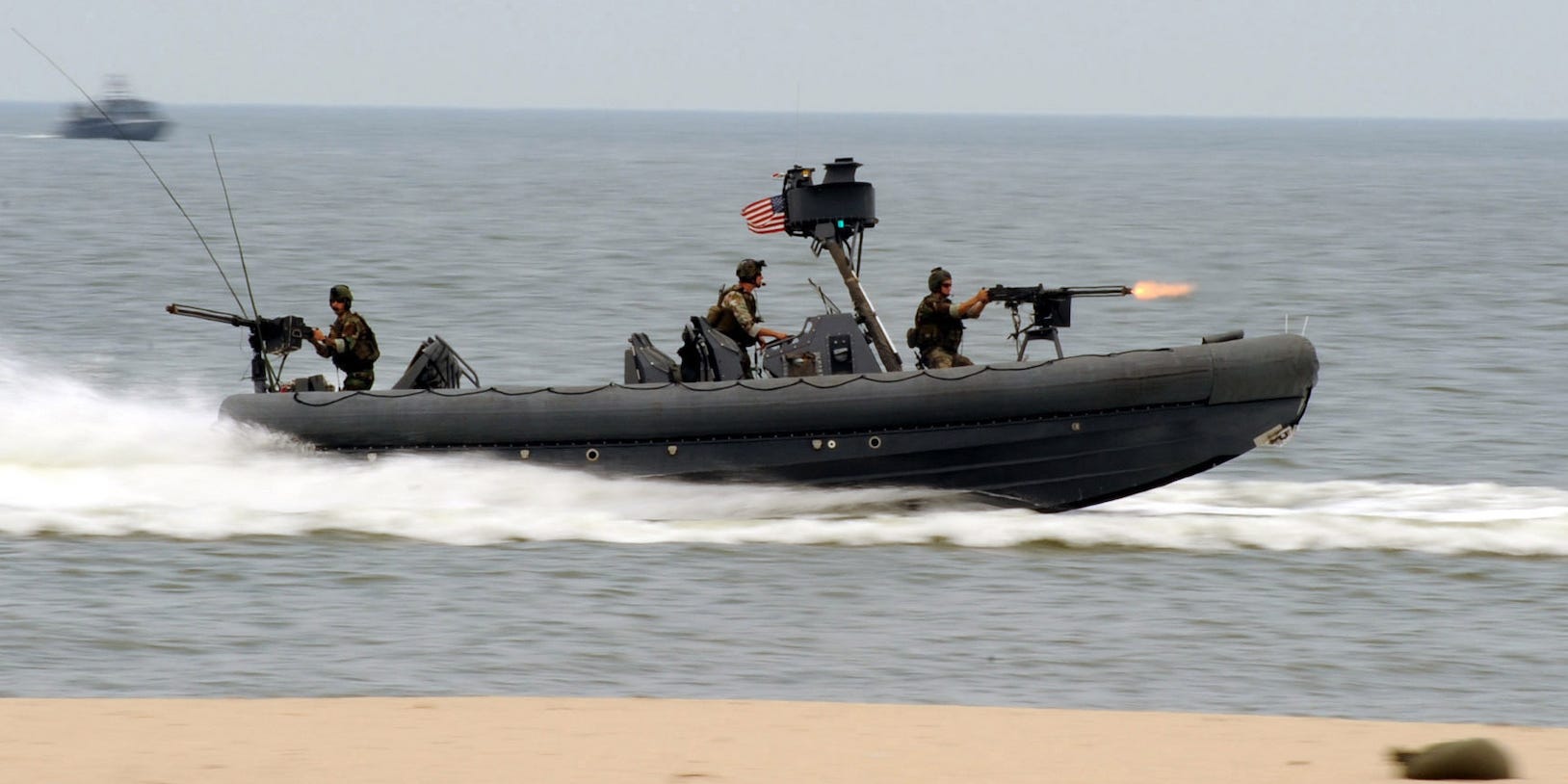
US Navy/PO2 Matt Daniel
- In July, the first woman sailor passed a Naval Special Warfare selection and training pipeline to become a commando.
- The sailor will become a Special Warfare Combatant-Craft crewman, one of the smallest special-operations career fields.
- Here's the rigorous training that sailor went through – including the arduous final test.
- See more stories on Insider's business page.
In July, the first woman sailor passed a Naval Special Warfare selection and training pipeline to become a commando.
Naval Special Warfare – composed of Navy SEALs and Special Warfare Combatant-Craft Crewmen – is the maritime component of US Special Operations Command.
The unnamed sailor graduated from the SWCC selection and training pipeline and joined the Special Boat Teams.
'On time, on target, never quit'
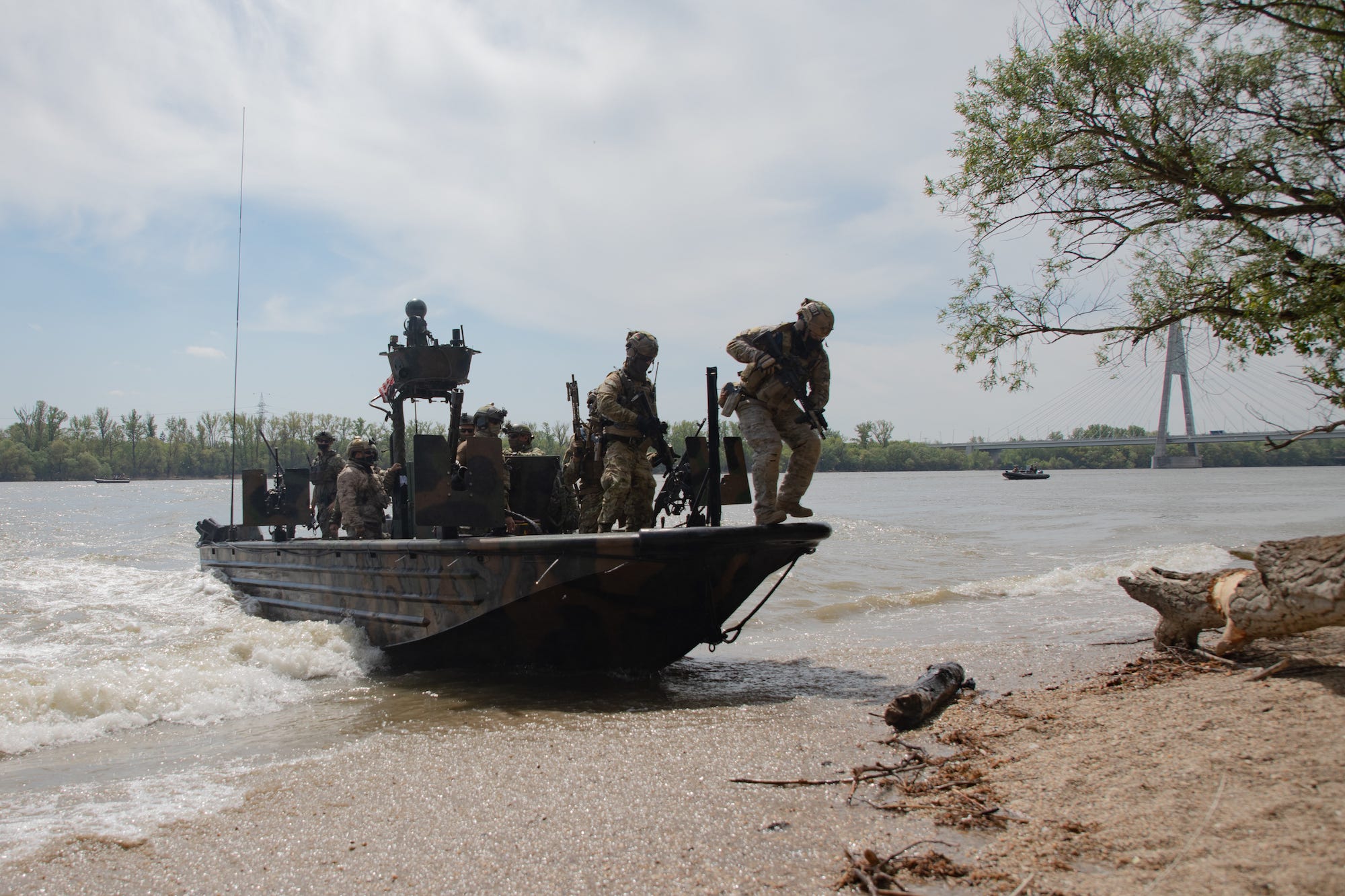
US Army/Spc. Therese Prats
SWCCs specialize in maritime direct-action operations; special reconnaissance; Visit, Board, Search, and Seizure operations; and the insertion and extraction of other special-operations units, such as SEALs, Army Special Forces, and Marine Raiders.
The SWCC community is one of the smallest special-operations career fields and is composed of less than 1,000 operators, all of whom are enlisted sailors. Navy SEAL officers hold the unit's officer positions.
There are three Special Boat Teams - SBT 12, 20, 22 - that specialize in riverine and blue-water operations, while the Naval Special Warfare Development Group (formerly known as SEAL Team 6) has a dedicated SWCC squadron, called Gray squadron, that conducts regular SWCC missions and maritime counterterrorism operations.
The pipeline
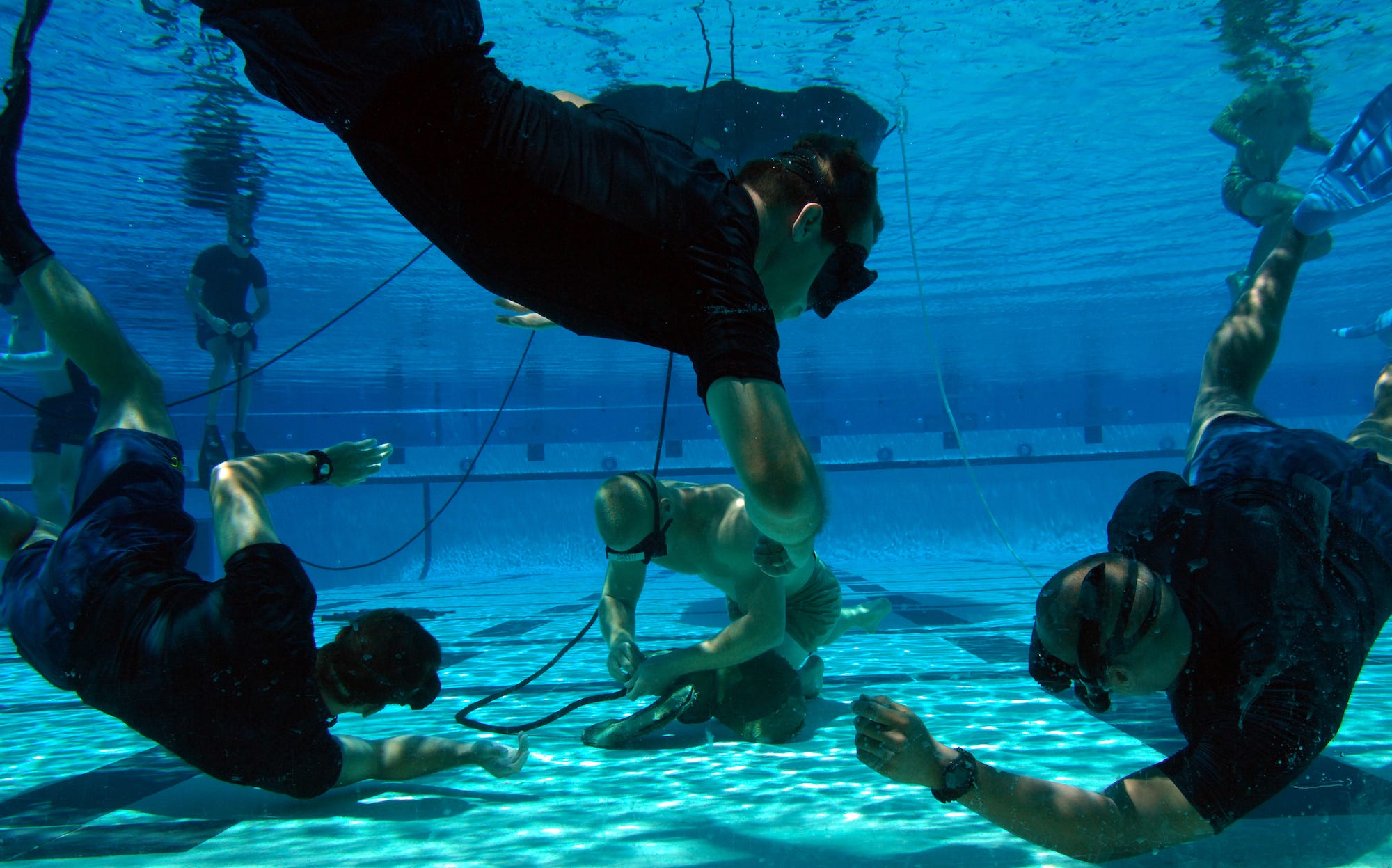
US Navy/PO2 Christopher Menzie
The path to becoming a SWCC is not easy. About 65% to 75% of those who begin it fail the 40-week process, which is divided into four major phases.
First comes Naval Special Warfare Prep, where SWCC and SEAL candidates go after boot camp to prepare for the physical rigors of selection.
Next is NSW Basic Orientation, a three-week course that introduces candidates into the particular evolutions they will encounter, such as soft-sand runs, the obstacle course, and open-water swimming.
Third is Basic Crewman Training, a seven-week selection that is the equivalent to the Basic Underwater Demolition/SEAL course's First Phase. BCT and First Phase are where the majority of candidates quit and end their dreams of joining Naval Special Warfare.
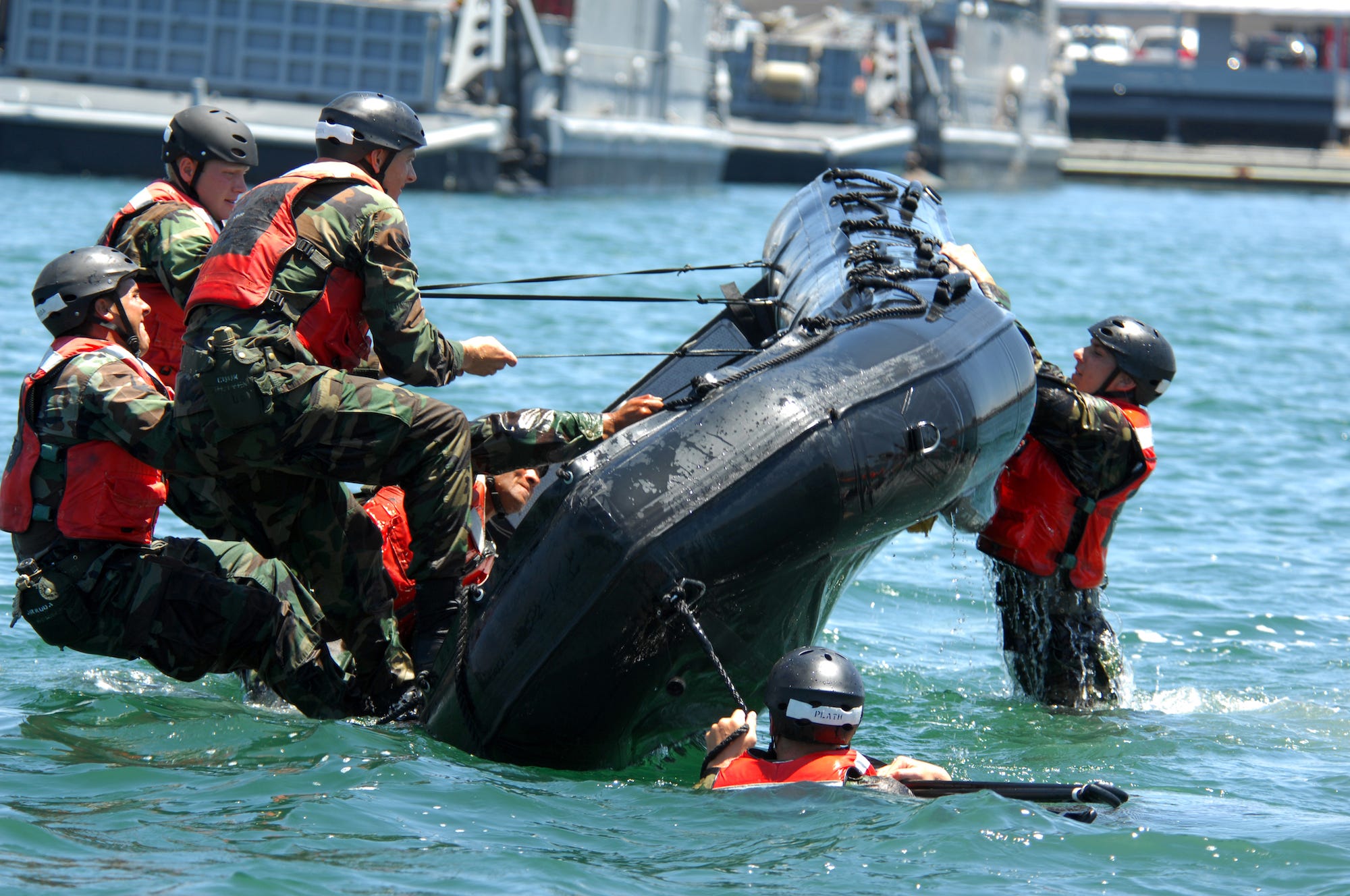
US Navy
BCT candidates undergo evolutions such as timed runs, timed swims, an obstacle course, water rescue, and log physical training. Boat familiarization and operations, such as day and night navigation and towing and anchor drills, are also a big part of BCT, given that SWCCs live and die by their boats.
BCT is an increasingly difficult process, with "test gates" that ensure only those who can meet the SWCC standards will graduate.
These test gates are a 3-mile run on hard sand in less than 24 minutes, a mile-long ocean swim in less than 45 minutes, a run through the roughly 800- to 1,000-yard obstacle course in 20 minutes or less, and passage of the basic water survival and water rescue tests.
In addition to the physical test gates, candidates must pass academic exams on topics such as navigation, chart plotting, and boat assembly.
BCT ends with a final crucible that pushes candidates to their absolute limits: the "Tour."
The Tour
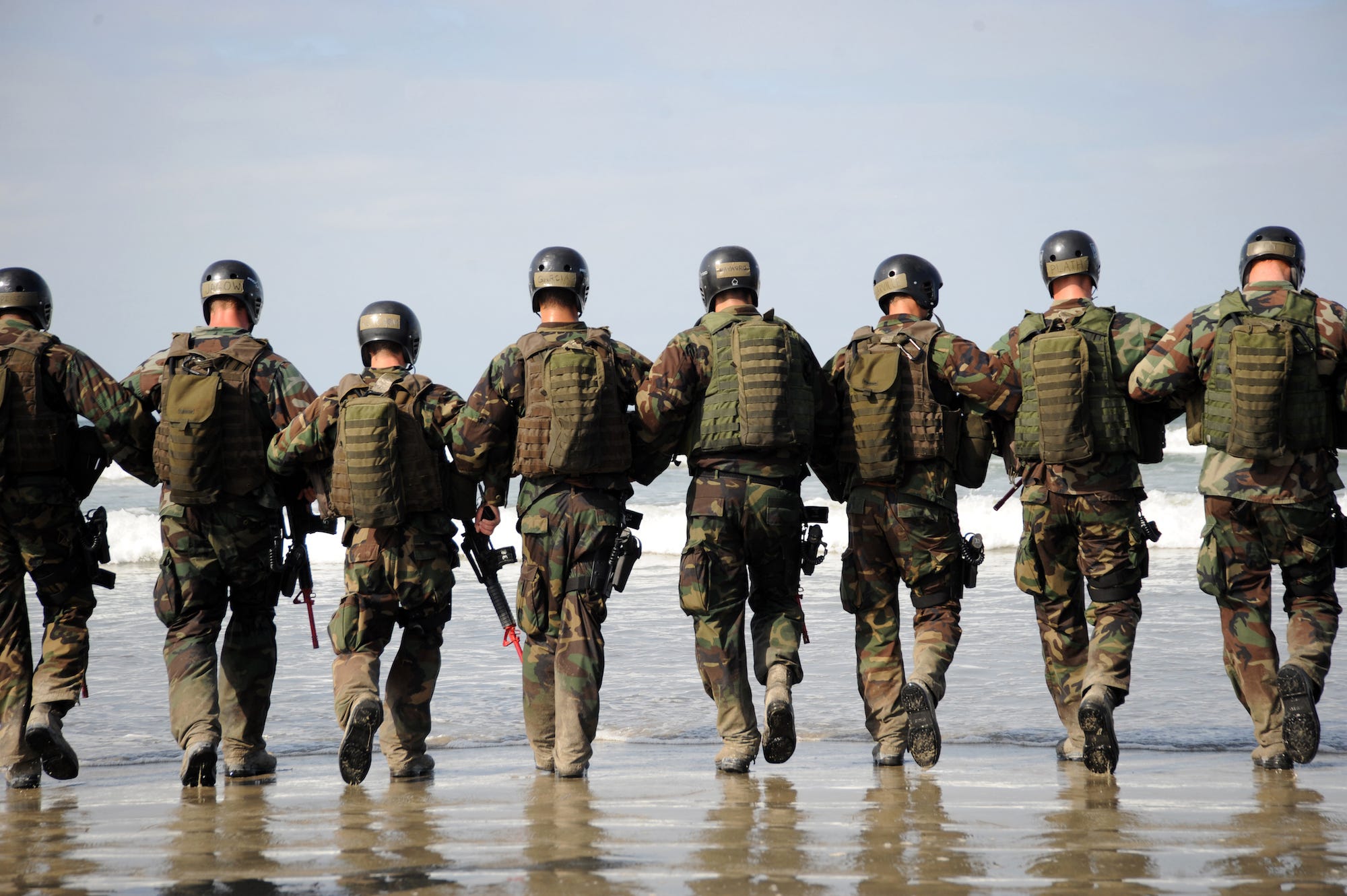
US Navy PO2 Christopher Menzie
During the 72-hour evolution known as the Tour, SWCC candidates go through constant physical and training evolutions. In addition to timed runs, they run everywhere, racking up dozens of miles by the end of the evolution and swimming close to 5 miles in total.
But at the Tour's core is a series of team-building evolutions that test the ability and suitability of candidates to work in a close-knit team environment.
"The Tour is a gut check to ensure that only those who truly want it will graduate. But it's also the cherry on the top - selection is far more than the Tour and, depending on who you ask, [the Tour is] not necessarily the hardest part," a SWCC operator told Insider.
For many candidates, it's the day-in, day-out grind and the realization that this isn't a sprint but a marathon that makes them quit.
Watching high-speed recruitment videos from the comfort of one's living room is one thing, but when you're immersed in frigid water at 2 a.m. and have to wake up at 4 a.m. for another day in hell, only inner fire will get you through.
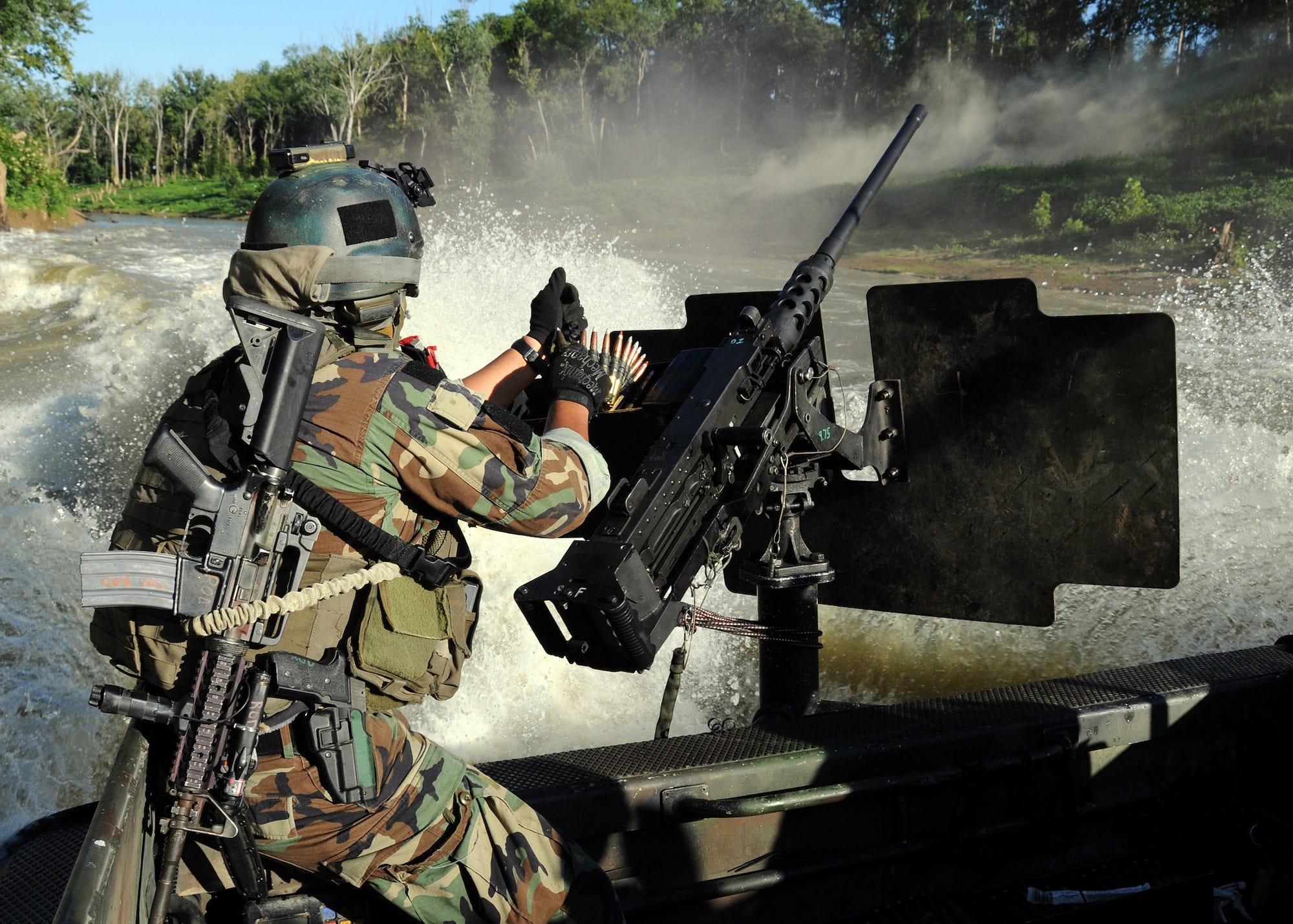
US Navy/PO1 Kathryn Whittenberger
"By that point, those who won't quit no matter what will make it through the Tour - unless they're injured, that always sucks to lose a good guy from an injury - for them it's just another evolution, albeit one from the cold depths of hell," the SWCC operator said.
"For those who have been questioning themselves, the Tour is the ultimate test: 'How much do you really want it? Are you willing to suffer three days of non-stop beating for your dream?'" the operator added.
Finishing the Tour and graduating BCT aren't the end of the process.
BCT graduates must then pass Crewman Qualification Training, a 14-week course that focuses on the advanced aspects of the SWCC profession, such as maritime engineering, handling heavy weapons, and communications.
Candidates then move on to Survival, Escape, Resistance, and Evasion training before graduating and joining an operational team.
Stavros Atlamazoglou is a defense journalist specializing in special operations, a Hellenic Army veteran (national service with the 575th Marine Battalion and Army HQ), and a Johns Hopkins University graduate.
